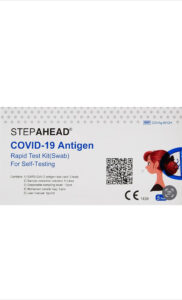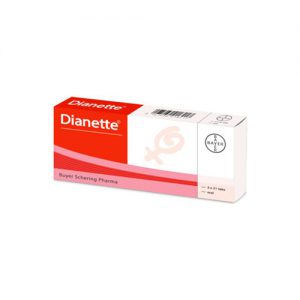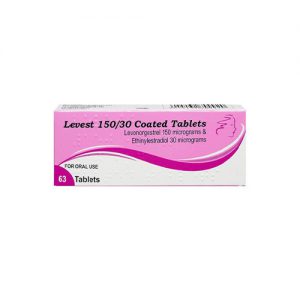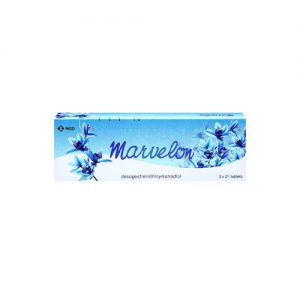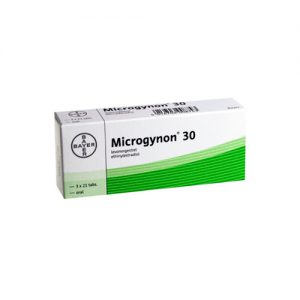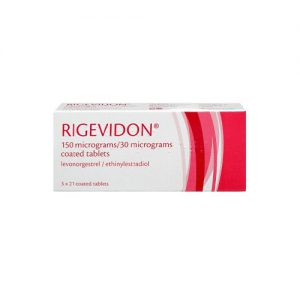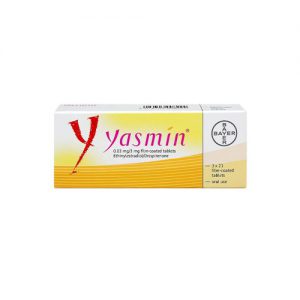
Approved by registered UK prescribers
100% discretion and confidentiality
Registered pharmacy No. 9011198
Combined Pill
The combined pill is the most popular type of contraception in the UK, it is used by more than 3 million women. It is commonly known as the “the pill” and is over 99% effective at preventing pregnancies when used correctly. It can also be used to treat painful and irregular periods.
Showing 11 treatments
Filters
Showing 11 treatments
Sort by: Default
Category
Condition
Price range
£1
£151
Pack Size
Gender
Brand
Showing 11 products
Pagination
What does the combined pill contain?
The combined pill contains both progestogen and oestrogen. These hormones prevent ovulation and unwanted pregnancy.
How does the combined pill work?
The combined pill works in a number of ways in the body:
1. It stops the ovaries from releasing eggs, therefore stopping ovulation.
2. It also thickens the cervical mucus to prevent sperm from reaching the womb. It makes the womb walls thinner, so if an egg were to be released, it would be unable to attach itself to the womb.
It is important to note that the contraceptive pill will NOT protect you from sexually transmitted infections, and a barrier method of contraception such as a condom is recommended.
How to take the combined pill
Take it at the same time daily to ensure you're protected.
Most combined pills are taken for 21 days, followed by a 7-day break (or 7 days of inactive pills, which contain no hormones).
During the 7-day break you're likely to have a period, but are still protected as long as you have taken the dose correctly.
After the 7-day break, you can continue with the next pack.
Follow the same cycle for as long as you require contraception
Side-effects of the combined pill
As with all medications the combined pill also has a risk of potential side effects. Some common side effects such as unexpected bleeding or spotting are often temporary and seen within the first few months of starting treatment whilst the body adjusts to the medication.
Occasionally some side effects can persist, or start to develop later on in the treatment and these should be considered when choosing the right form of contraception.
Below are some of the common and uncommon side effects as mentioned in the British National Formulary (BNF):
Common side effects
- Feeling sick
- Stomach ache
- Putting on weight
- Headaches
- Depressive moods or mood swings
- Sore or painful breasts
Less common side effects
- Being sick and stomach upsets
- Fluid retention
- Migraine
- Loss of interest in sex
- Breast enlargement
- Skin rash, which may be itchy
For a full list of side-effects, refer to individual Patient Information Leaflets (PIL).
Precautions with the combined pill
The effectiveness of “combined oral contraceptives”, “progestogen-only” oral contraceptives, contraceptive patches , vaginal rings, and emergency hormonal contraception can be considerably reduced by interaction with drugs that induce hepatic (liver) enzyme activity. Some common examples include:
- Carbamazepine
- Phenytoin
- Phenobarbitone
- St John’s Wort
- Topiramate
- Rifampicin
- Griseofulvin
For short-term use of enzyme inducing drugs alongside combined oral contraceptives, it is suggested that appropriate barrier methods such as condoms are used for the duration of the treatment, and continued for 4-weeks after stopping.
For patients on long-term courses of potent enzyme inducing drugs such as Rifampicin and Rifabutin, it is recommended that an alternative method of contraception such as an IUD (intrauterine device) or coil is used instead of the combined oral contraceptive and continued for 4-weeks after stopping.
It is recommended that no additional contraceptive precautions are required when combined oral contraceptives, contraceptive patches or vaginal rings are used with antibacterials that do not induce liver enzymes, unless diarrhoea or vomiting occur.
Choose your product and start your FREE medical consultation now




We’re here to help.
Our friendly team is available to help Monday to Friday 9:00am - 5:00pm.
If you need urgent assistance, do not use this service. Call 111, or in an emergency call 999.
